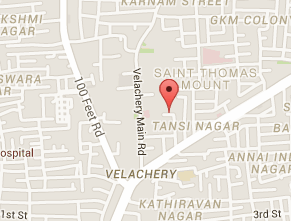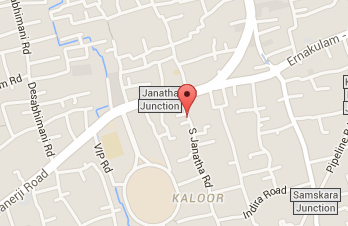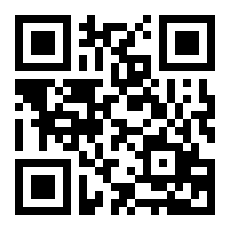Drive Safely
Submitted by gina on Mon, 15/10/2012 - 10:08

It is almost a routine affair on roads for the drivers to get agitated and short tempered with others for reason which are best ignored. Remember that it is more important to reach your destination safely than to show off your driving skills on roads. If you are angry, worried, feeling mentally or physically tired or feeling sleepy stop driving for a short while or hand over the wheel to somebody else. Avoid confrontation with other drivers. Never tailgate. Be alert to the traffic around you. Make it a habit to look behind and sides by checking the rearview mirrors every few seconds. Never flash your headlights or sound horn blaringly to make others go faster. Never use high beams to teach the other guy a lesson.
Maintain safe distance in front and behind of your car. Try the simple “ four seconds” rule to see whether you are keeping a safe distance. Mark a fixed object by the side of the road, say a tree or a lamp post. As the vehicle in front of you passes it, start counting “one thousand one, one thousand two, one thousand three, one thousand four.” That should be the minimum time for you to pass that object under normal conditions. Your vehicle should not reach that object before you count four. During night and days of bad weather or while on difficult roads increase the number of seconds to six or eight.
Use signals properly before taking turns and changing lanes. The continuous solid lines painted on the middle of the road, seen for example on bridges and curves, indicates that overtaking is prohibited. Overtaking is allowed when the line changes to dashed one. Never overtake,
• on narrow roads
• while driving uphill
• while negotiating curves
• at crowded places and junctions.
• on narrow roads
• while driving uphill
• while negotiating curves
• at crowded places and junctions.
Go slow at road corners, junctions and pedestrian crossings. Do ‘U turns’ only after indicating your intention by proper signals and checking the mirrors to confirm that there is no traffic from behind you. While negotiating curves come down to a safe speed so that you can drive around the curve safely without applying brakes or clutch. Be extra cautious about school zones and approaching and parked school buses. Keep a watch of the children boarding, alighting, gathering near the bus or running to catch the bus.
Drive with both hands on the steering wheel. Make sure you and other passengers wear seat belts. Driving demands full attention and therefore distractions like cell phones etc should be avoided. Never dial or text messages while driving. Move safely to the side of the road before reaching out for your mobile phone or adjusting music systems and other controls.
During Monsoon and rainy days,
• Check your brakes, steering systems and tyres
• Make sure that your wipers are in good working condition
• Clean the wind screen well
• Use the de-frost mode of the AC to clear the wind screen fogging.
• Keep the headlights on while driving with the wipers on
• Avoid abrupt braking
• Keep distances from vehicles going in front. The spray from their rear wheels may reduce visibility.
• Make sure that your wipers are in good working condition
• Clean the wind screen well
• Use the de-frost mode of the AC to clear the wind screen fogging.
• Keep the headlights on while driving with the wipers on
• Avoid abrupt braking
• Keep distances from vehicles going in front. The spray from their rear wheels may reduce visibility.
Always carry the necessary documents like,
• Driver’s license
• Registration certificate
• Certificate of Taxation
• Certificate of Insurance
• Permit and fitness certificates
• Registration certificate
• Certificate of Taxation
• Certificate of Insurance
• Permit and fitness certificates
Above all obey traffic rules and traffic signs. Take frequent breaks during continuous and long journeys and keep away from alcohols and other intoxicating materials
While parking be sure that the hand brake is set with the transmission put in the first gear. At night park the car where there is ample light.
- Log in to post comments






